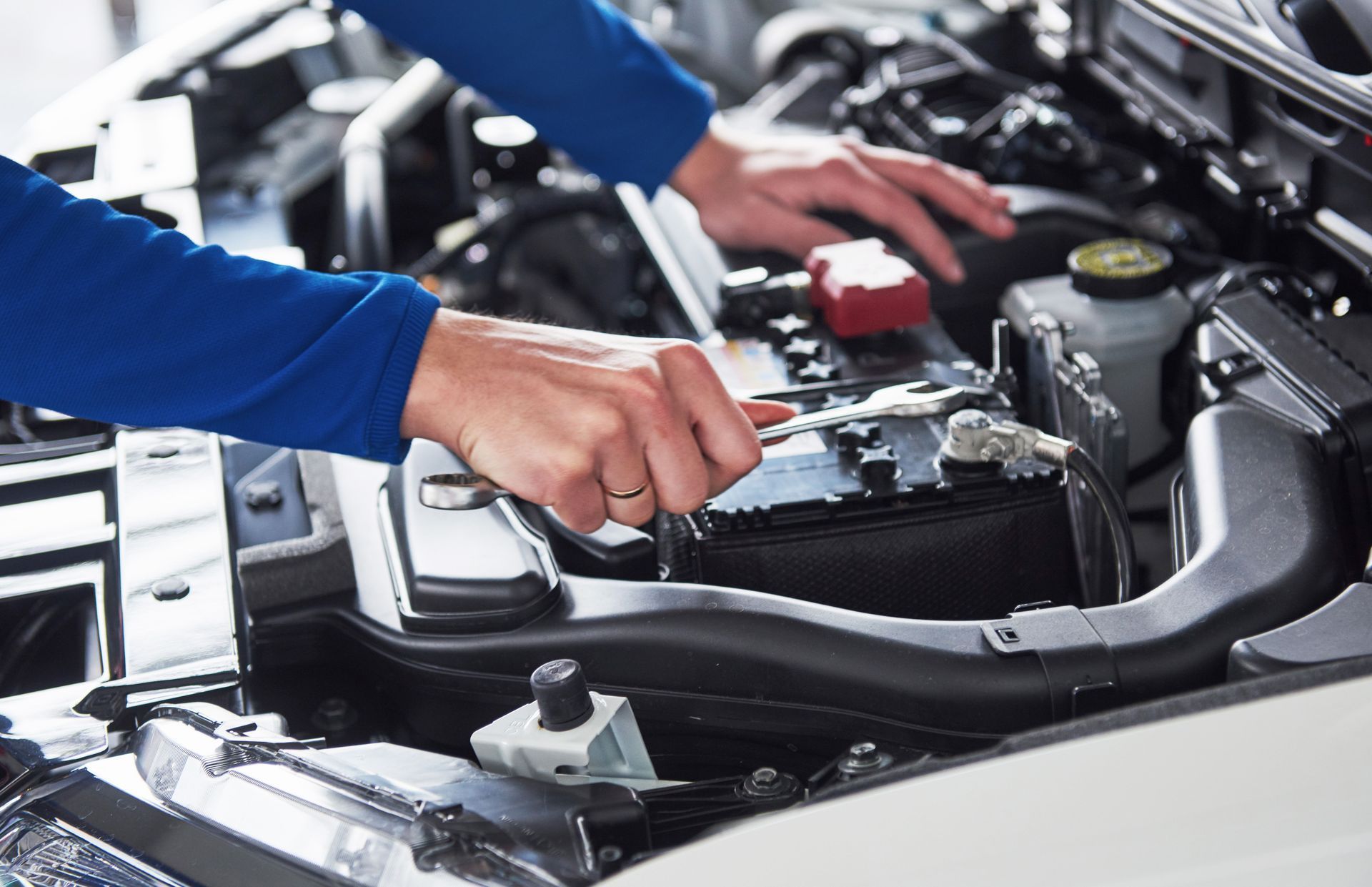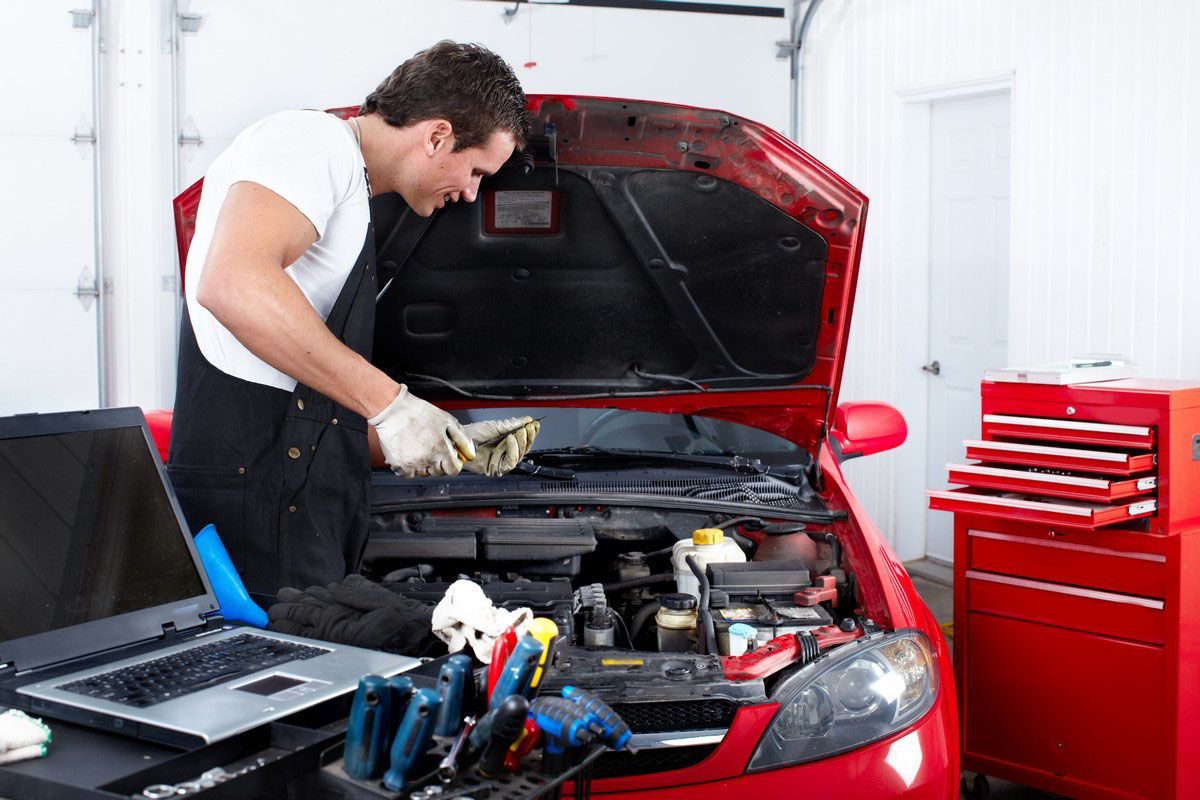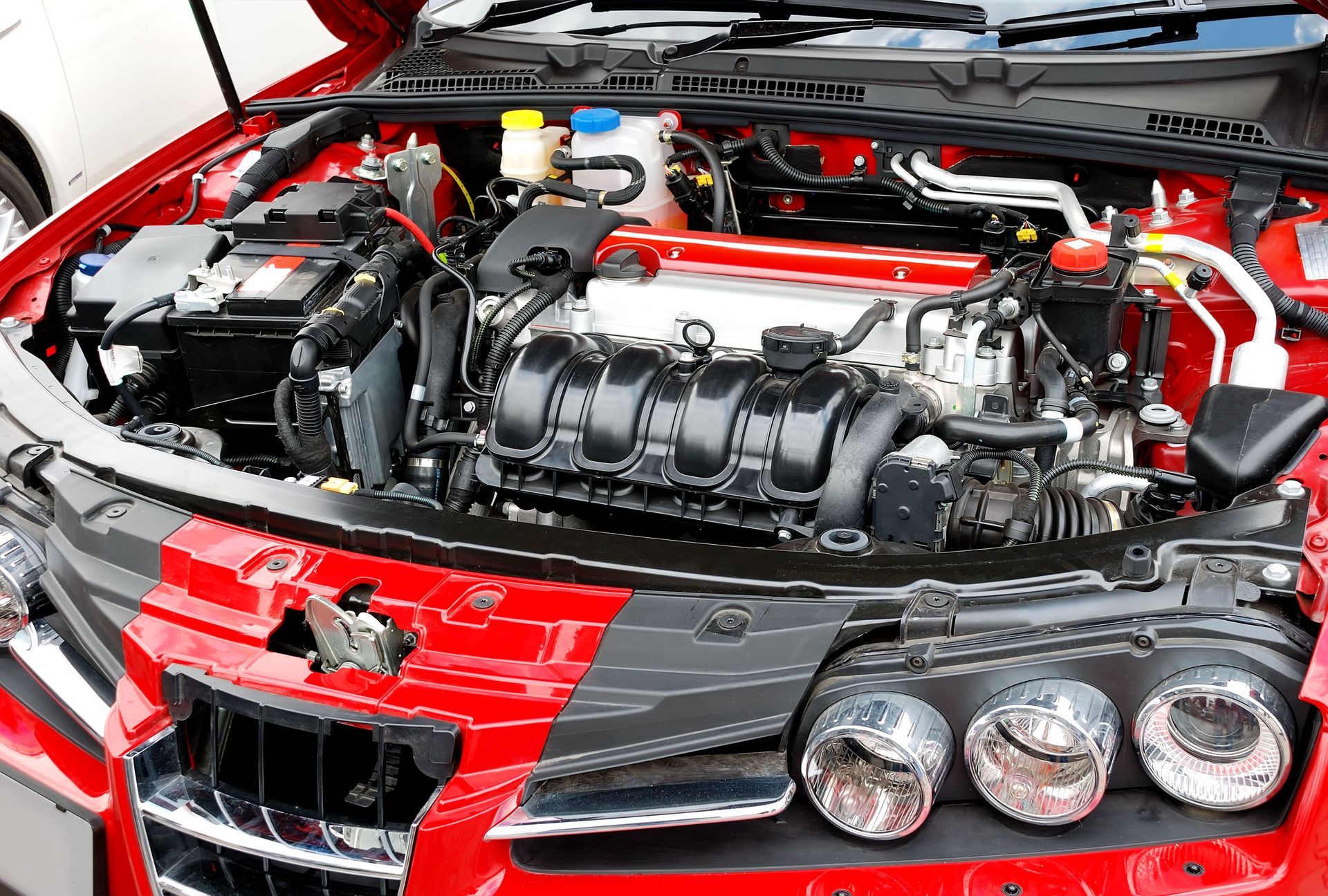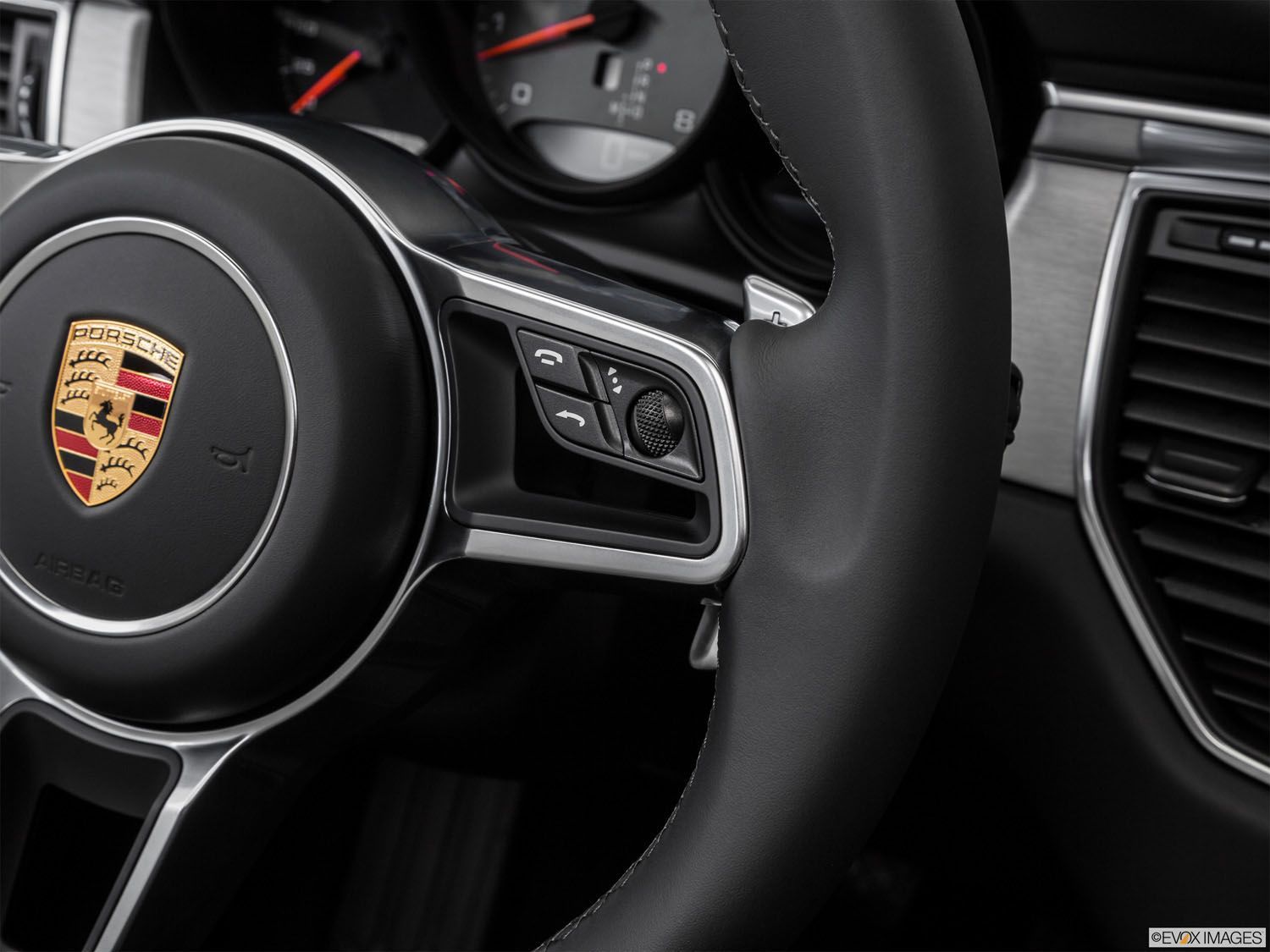Understanding Why Land Rover Repair Matters
Owning a Land Rover is like being in a relationship with a prestigious yet demanding partner. Its blend of robust performance and luxury appeal demands regular, conscientious upkeep. To preserve performance and longevity, it’s crucial to understand when and how to address Land Rover repair needs. This article highlights essential questions every Land Rover owner should ask—from identifying common problems to assessing repair quality—empowering you to extend your vehicle’s lifespan and reliability.
Identifying Common Issues That Trigger Land Rover Repair
Land Rover engines can develop issues like oil leaks, misfires, and cooling system failures. According to Consumer Affairs, the average vehicle in the United States travels approximately 14,489 miles per year. Land Rovers experience significant annual wear and tear. Early detection through scheduled maintenance or a pre-purchase inspection can prevent catastrophic engine breakdowns.
Detecting Electrical System Problems
Electrical failures in a Land Rover—such as dashboard errors, lighting malfunctions, or battery drain—often stem from wiring degradation, sensor faults, or outdated modules. Comprehensive diagnostics, including battery load tests and fault-code scans, are essential to pinpoint the root cause and avoid recurring issues.
Inspecting Suspension System Wear
Land Rovers are renowned for off-road comfort, but air suspension, worn shocks, or misalignment can lead to bouncy rides, uneven tire wear, and uncomfortable steering. Fixing suspension issues typically involves replacing components like air springs, shock absorbers, or ball joints to restore optimal ride quality.
Addressing Transmission Malfunctions
Signs of Land Rover repair needs in the transmission include rough shifting, slipping gears, or fluid leaks. Transmission troubles are costly and disruptive—detecting and servicing early through fluid change or software adjustments can avert major rebuilds or replacements.
Resolving Body and Comfort System Malfunctions
Malfunctions in door locks, HVAC systems, infotainment screens, or power seats may indicate deeper electrical or actuator issues. While less critical to drivability, these inconveniences affect your experience and warrant prompt repair to maintain overall vehicle integrity.
Evaluating Who Should Perform Your Land Rover Repair
Look for technicians certified by Jaguar Land Rover or ASE who specialize in Land Rover repair. Experienced specialists can interpret complex fault codes and recommend manufacturer-approved fixes, ensuring your vehicle receives appropriate attention.
Researching Repair Shop Testimonials
Investigate shops based on user reviews, online forums, and referrals from Land Rover owner groups. Repeated praise for reliability, honest billing, and repair transparency is a reliable indicator of quality service, critical when dealing with high-value vehicles.
Investigating Specialized Tools and Diagnostic Capabilities
Land Rover repair requires advanced diagnostic devices like the JLR-approved SDD or Pathfinder systems. Verify that your repair facility invests in OEM-level tools for tasks ranging from software updates to module reprogramming.
Assessing Pricing Structure and Service Guarantees
Land Rover repair costs vary enormously depending on parts and labor. Choose shops with clear quotes and detailed estimates for labor rates and parts pricing. Guarantees or goodwill coverage provide reassurance for post-repair reliability.
Confirming Accessibility and Facility Convenience
Choose a repair shop close to home or work for ease of access. Important repair services and Land Rover repair follow-ups require convenience. If long-term repairs are anticipated, ask about loaners or shuttle services.
Establishing Preventive Maintenance Patterns to Minimize Land Rover Repair
Regularly change engine oil, coolant, and brake fluid. Check for leaks in hydraulic lines and various fluids. Proper fluid maintenance can prevent engine overheating, transmission wear, and brake corrosion.
Performing Brake and Brake-System Checks
Land Rovers are heavy and depend on high-performance brake systems. Routine brake pad inspections and fluid flushes preserve stopping power, critical for safety and avoiding expensive repairs.
Conducting Tire Care and Suspension Alignment
Annual mileage of roughly 14,489 miles accelerates tire wear—rotations and alignments prevent uneven tread and suspension damage. These steps support fuel efficiency, handling, and ride comfort.
Testing Battery and Charging System Strength
Battery capacity takes a hit in extreme temperatures or during infrequent driving. Regular tests, secure connections, and part replacements mitigate sudden battery failures, which is a common cause of unplanned Land Rover repair.
Updating Software and Running Comprehensive Diagnostics
Modern Land Rover models rely on complex software-managed systems handling powertrains, air suspension, infotainment, and safety controls. Using tools to apply updates and scan all modules during service visits can identify issues before they escalate to Land Rover repair.
Understanding Land Rover Repair Costs and Expectations
Engine, transmission, and suspension repairs—especially replaceable air springs or transfer case components—can range into the thousands. OEM Land Rover parts are priced significantly higher than aftermarket alternatives, reflecting the premium nature of the vehicle.
Comparing Pricey Repairs with Preventive Maintenance Investment
Preventive maintenance—fluid flushes, inspections, and minor fixes—can prevent a large repair bill. Owners can save significant time, money, and stress by proactively scheduling maintenance instead of waiting for breakdowns.
Sourcing and Comparing Multiple Repair Estimates
Get at least two Land Rover repair quotes before proceeding. A breakdown in transparency—like inconsistent part pricing or unclear labor—can signal unreliable shops or potential hidden costs.
Navigating Warranty and Insurance Coverage
Check whether your Land Rover is under factory warranty or an extended plan. Some repairs may qualify under these programs. Insurance coverage may offset costs for collision-related repairs—always review policy terms for qualifying conditions.
Planning Financially for Emergency Land Rover Repair
Even diligent maintenance can’t prevent unforeseen issues. Creating a preventive financial reserve allows drivers to address emergency repairs like catastrophic powertrain leaks or sensor failures without delaying service.
Evaluating Replacement Parts for High-Quality Land Rover Repair
OEM parts guarantee preservation of performance and resale value, but at a premium cost. Reliable aftermarket parts may offer reasonable alternatives—strong communication with your technician can ensure sound decision-making.
Verifying Build Quality and Durability
Parts sourced from reputable OEM or certified aftermarket manufacturers consistently deliver long-term reliability. Ask repair shops to share sourcing info and part testing records to ensure integrity.
Ensuring Fit and Compatibility with Model-Specific Systems
Mismatched Land Rover parts can cause ECU faults, drivability issues, or accelerated wear. Verify that all replacements match your model’s VIN and build specifications for seamless compatibility.
Researching Supplier Reputation and Return Policies
Reputable dealers for Land Rover repair parts often offer warranties and a generous return period. Random part sourcing can create complications—reliable sources bring peace of mind and accountability.
Reviewing Warranties and Support For Replacement Parts
A warranty on parts adds value to your Land Rover repair investment. Be sure to ask for coverage details and understand that longer warranties often offset higher part costs.
Inspecting the Quality of a Completed Land Rover Repair
A reputable repair facility backs its work with warranties, covering both labor and parts. A solid warranty means the shop stands behind what it installs and replaces.
Verifying Restoration of Performance and Safety
Effective Land Rover repair should bring the vehicle back to factory performance levels, with no lingering faults. Road tests help ensure that handling, responsiveness, suspension, and braking are restored.
Reviewing Shop Communication and Repair Transparency
Top-tier shops keep owners informed, explaining procedures and sharing teardown photos or test results. Transparency builds trust and demonstrates professional integrity.
Checking Use of Modern Diagnostic Equipment
High-end Land Rover repair relies on current diagnostic tools capable of reading DTCs, updating modules, and calibrating ADAS systems. This level of service ensures precision and completeness.
Scheduling Post-Repair Follow-ups and Continued Support
A superior shop schedules follow-up inspections, ensuring repairs resolve the issues and no secondary faults emerge. This aftercare keeps your Land Rover safe, performing, and well-supported.
Regular service, utilizing certified shops equipped for Land Rover repair, and forging partnerships with trustworthy technicians will protect your investment and restore the confidence of luxury ownership. Whether routine diagnostic checks or major component replacements, keeping ahead of maintenance ensures your Land Rover continues to deliver performance and prestige.
Ready to maintain your Land Rover at peak condition? Contact a Land Rover repair specialist today at JFM Motorcars to schedule a comprehensive inspection, secure your service warranty, and optimize long-term performance and safety.





Share On: